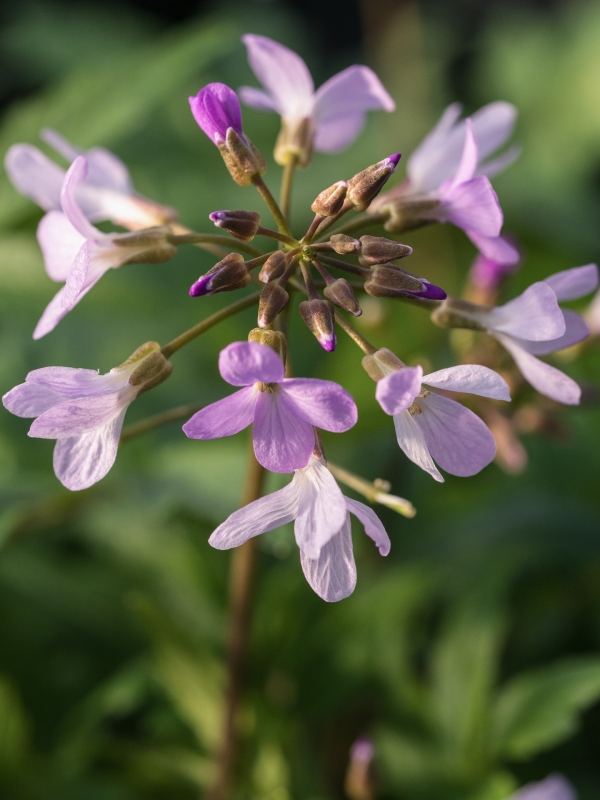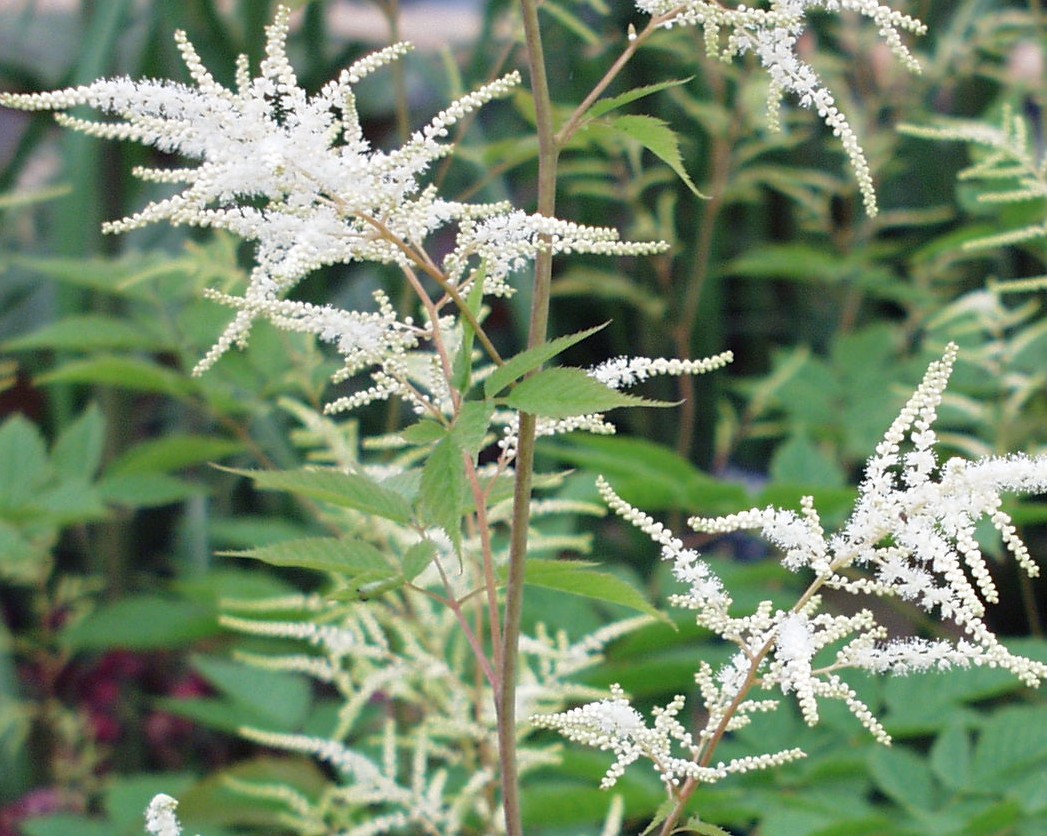Latin Names, it's all Greek to me.
When it comes to numbers in plant names, it is accepted practice to use Latin numeric descriptors if the thing your counting is described in Latin. However Greek numeric descriptors are normally used if the thing you are counting is described in Greek…. confused yet?
The following table lists the numeric descriptors commonly found in plant names:
|
Number |
Latin Descriptor |
Greek Descriptor |
|
0 |
|
|
|
1 |
Uni- |
Mono- |
|
2 |
Bi- |
Di- |
|
3 |
Tri- |
Tri- |
|
4 |
Quadri- |
Tetra- |
|
5 |
Quinque- |
Penta- |
|
6 |
Sex- |
Hexa- |
|
7 |
Semptem- |
Hepta- |
|
8 |
Octo- |
Octo- |
|
9 |
Novem- |
Ennea- |
|
10 |
Decem- |
Deca- |
|
Many |
Multi- |
Poly- |
|
Very Many |
Myrio- |
|
A single-coloured flower may be described as: unicolor and a flower of two colours as: bicolor. A flower with five stamens might be described as: quiquestaminous and one with six as: sexstaminous. In these cases, both color and staminous are Latin, so the numeric bit of the name is chosen from the list of Latin numeric descriptors.
However, if the botanist naming a plant has chosen Greek to describe how coloured a flower is, then the numeric descriptor is chosen from the Greek list. So, we might see monochromous for a flower of one colour and tetrachromous for a four-coloured plant.
In the following example the species epithet: uniflorum, describes this plant’s habit of producing one flower on each stem.
Ipheion uniflorum 'Froyle Mill' Height x Spread: 15cm x 30cm
This form of spring starflower is much admired for its profuse and long flowering display of honey scented, deep violet star-shaped flowers over fragrant, light green grass-like foliage during late winter and early spring.


Geum triflorum Height x Spread: 25cm x 20cm
Commonly known as 'prairie smoke', this Geum produces nodding pinky-red buds and thimble-shaped flowers, succeeded by flaring smoke-like seed heads that glow in the sun, over soft fern-like foliage. Native to North America.
The triflorum epithet, in this case indicates that the plant produces three flowers on each stem.
One for connoisseurs, it is primarily grown for its seed heads, but its foliage adds further interest when it turns red in the autumn. It looks fabulous silhouetted in the sun in a gravel or rock garden, but also combines well with compact grasses. Hardy and low maintenance, it is very attractive to bees and butterflies. It flourishes in a medium to dry, free draining soil in sun or part shade. When established it can tolerate periods of drought.
In this example the species epithet indicates that the plant has five leaflets on each leaf.

Cardamine quinquefolia Height x Spread: 20cm x 50cm.
During spring masses of light pink flowers appear held above a carpet of green - its five-lobed leaves with toothed margins spread slowly.
This plant is ideal for a border in dappled shade or a woodland situation where the soil is reasonably good and moderately moisture-retentive. It is often used to under plant late flowering shrubs. Cardamine quinquefolia is summer deciduous i.e., it dies away completely after flowering and reappears the following spring.
In this case, dioicus indicates that some plants are male and some female. The Greek di- has been used as this matches the Greek oicus or oecious for house, i.e., the male anthers and female stigma are located in different plants. The wonderful showy flowers therefore, are only on male plants.
Aruncus dioicus Height x Spread: 150cm x 100cm
A spectacular and statuesque plant producing masses of creamy-white flowers in feathery plumes erupting from mounds of deeply cut green leaves. Its flowering time is mid-summer, its foliage looking good until the autumn when it puts on a further display, turning bright yellow.
Sun or part shade will allow it to flourish, making substantial clumps quite quickly. A tall plant for the back of the border, it needs moist fertile soil, making it ideal for a bog garden and heavier soils.
Hopefully Latin plant names won’t be ‘all Greek’ to you in the future!

